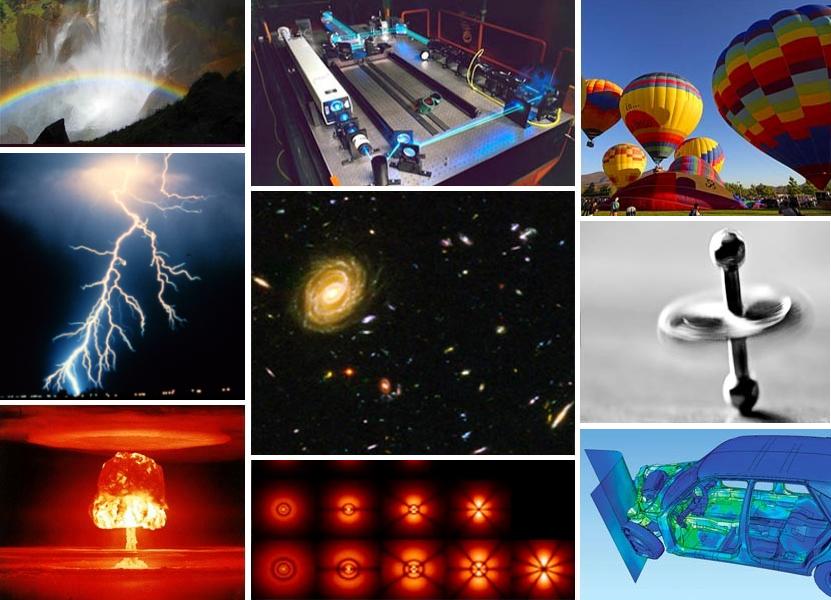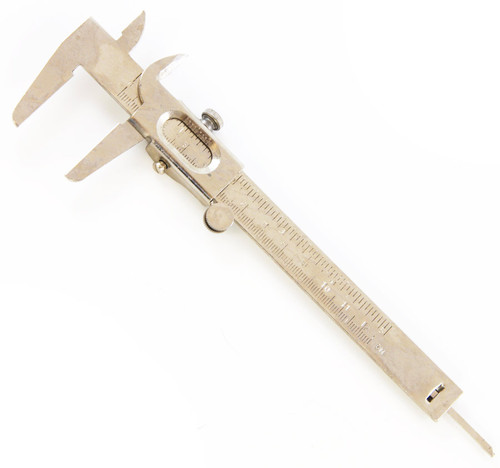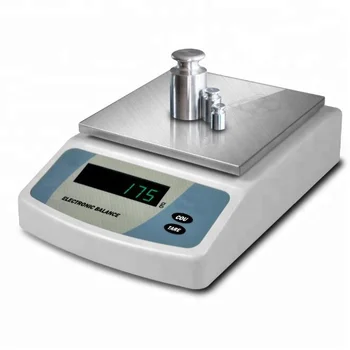by mariamaslan
Artwork: Mariam alaslan
Copyright © 2020
Introduction
The aim of the laboratory exercise is to give the student an insight into the significance of the physical ideas through actual manipulation of apparatus, and to bring him or her into contact with the methods and instruments of physical investigation. Each exercise is designed to teach or reinforce an important law of physics which, in most cases, has already been introduced in the lecture and textbook.
Thus the student is expected to be acquainted with the basic ideas and terminology of an experiment before coming to the laboratory.
The exercises in general involve measurements, graphical representation of the data, and calculation of a final result. The student should bear in mind that equipment can malfunction and final results may differ from expected values by what may seem to be large amounts. This does not mean that the exercise is a failure. The success of an experiment lies rather in the degree to which a student has:
- Mastered the physical principles involved,
- Understood the theory and operation of the instruments used, and
Realized the significance of the final conclusions
Guidelines for a Physics Lab Reports
Lab reports are written for many reasons. They are written to express an understanding of a basic scientific phenomena, to document your experimenting skills and to convey lab work to the scientific community.
Laboratory report has three main functions:
- To provide a record of the experiments and raw data included in the report,
- To provide sufficient information to reproduce or extend the data, and
- To analyze the data, present conclusions and make recommendations based on the experimental
Data Sheets:
For each experiment, the lab manual has one or more data sheets for recording raw data, as well as, intermediate and final data values.
Record the data neatly in pencil.
The values that you record on your data sheet must have: Units (such as kg for kilograms).
Graphs:
You must follow the guidelines in the lab manual for all graphs. Those graphs must conform to the guidelines in the lab manual. Remember that when plotting data with units, both the slope and intercept of a graph also have units.
Conclusion (Discussion of Results): This is the most important part of the lab report; it is where you analyze the data.
Begin the discussion with the experimental purpose and briefly summarize the basic idea of the experiment with emphasis on the measurements you made and transition to discussing the results.
Your discussion should address questions such as:
-
Write all of the other sections of the lab report except for the conclusion section.
-
What is the relationship between your measurements and your final results?
-
What trends were observable?
-
What can you conclude from the graphs that you made?
-
How did the independent variables affect the dependent variables? (For example, did an increase in a given measured (independent) variable result in an increase or decrease in the associated calculated (dependent) variable?
Then describe how your experimental results substantiate/agree with the theory. (This is not a single statement that your results agree or disagree with theory.)
Note:
-
No student should copy data from anyone who is not his or her lab partner.
-
You may discuss the experiment with your lab partner and other classmates, but the lab report that you turn in must be your own
-
Photocopies of any parts of the lab report are not
What is physics?

Physics is a natural science and the basic of all sciences .
–Physics is the study of matter & energy.
–Matter is the stuff in the universe that has mass and volume , like …..Solids ,liquids ,gasses , and you and me
Why you must to study physics?

–Physics is axial to understanding the world around us the world inside us and the word beyond us , it is the most basic science .
–Physics challenges our fantasy with concepts like relativity and string theory
–And it lead to great discoveries like computers and leasers that lead to technologies which change our lives –from cure joints to curing cancer, …etc.
Objectives
To learn the proper use of ammeter stick, micrometer, and laboratory and to learn how to use the correct number of significant figures in data and result
Equipment:
Meter stick, Vernier caliper, laboratory balance, ruler and cube,micrometer ,ball





Discussion:
The number of significant figures in a measurement depends on the measuring device and its precision.
When an object is measured in a same manner, a Vernier caliper has a greater than a Meter stick and micrometer has a greater than a Vernier . A measurement reading should have one more significant than the smallest subdivision marked on the scale.
Published: Dec 24, 2020
Latest Revision: Dec 24, 2020
Ourboox Unique Identifier: OB-977523
Copyright © 2020










